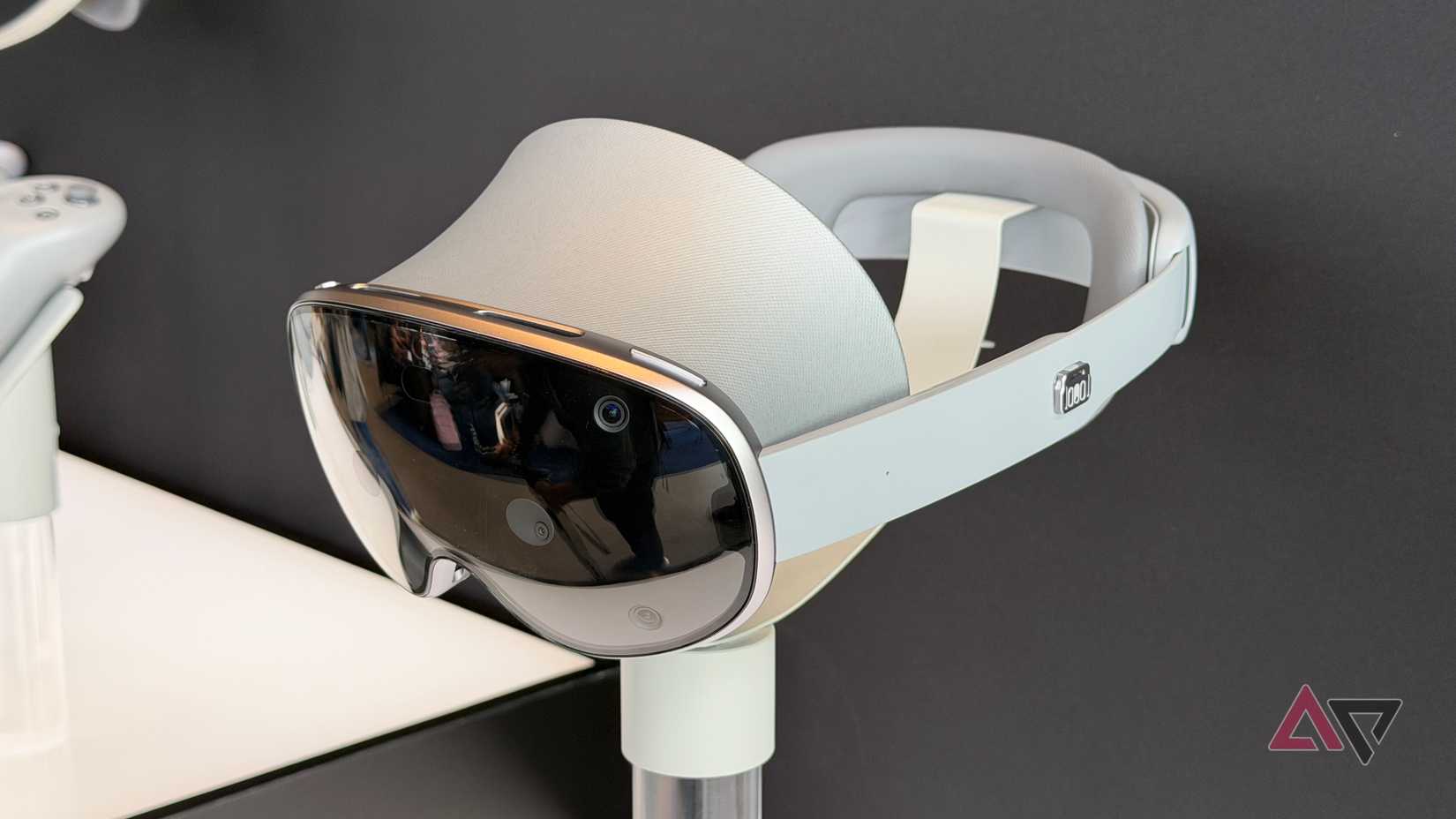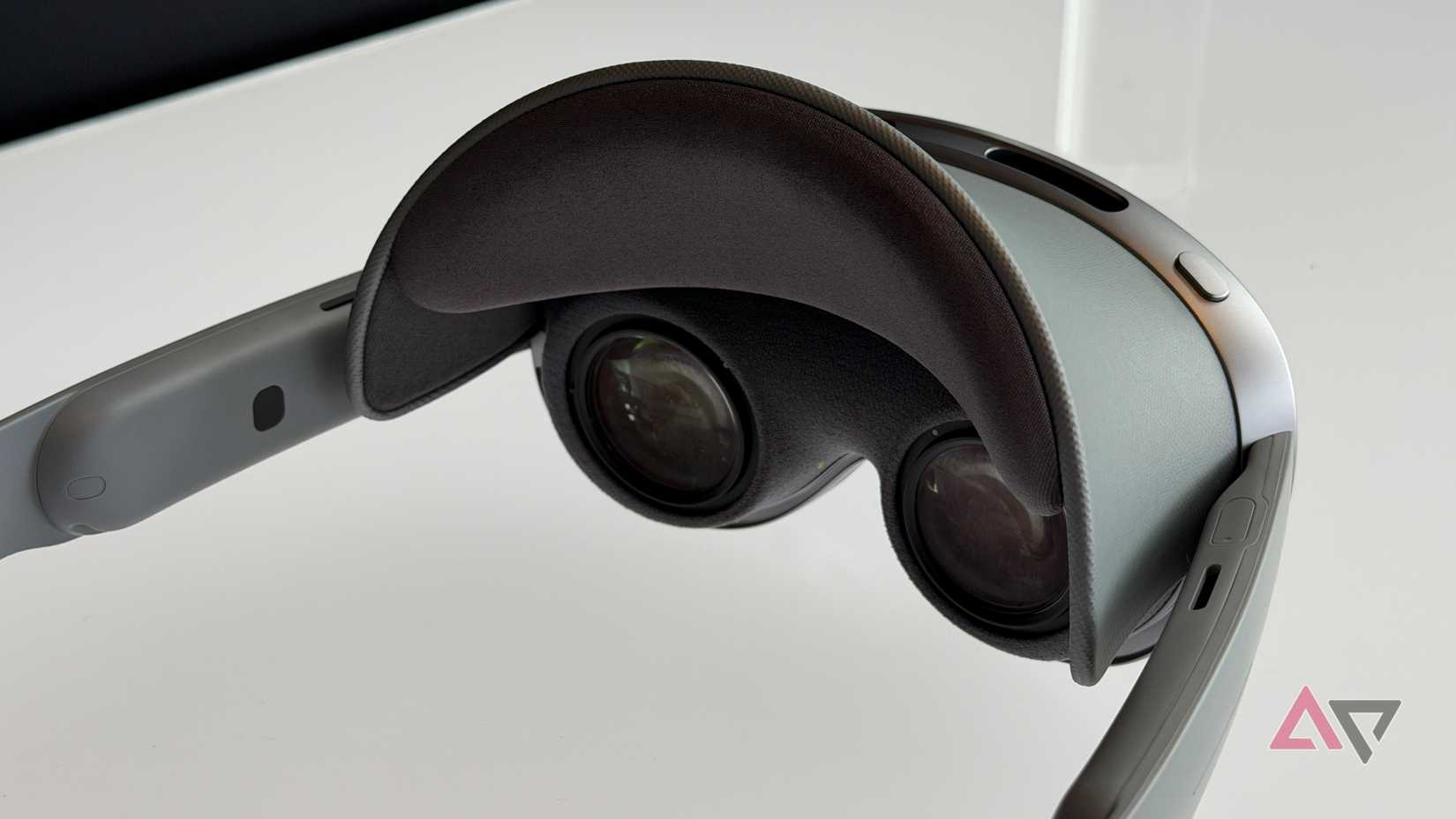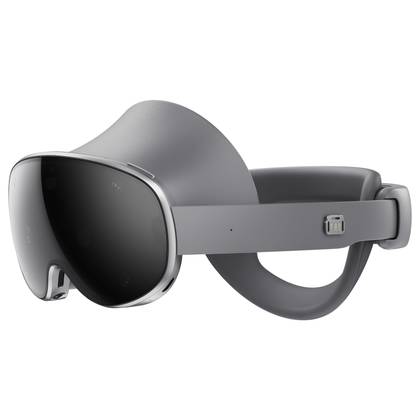I loved getting the opportunity to try out Samsung’s new Galaxy XR headset. It’s an emerging segment, and there’s plenty of work left to do.
However, Samsung got plenty of things right — including the price. I balked at the Apple Vision Pro because I couldn’t imagine paying that kind of money for the use I’d get from it.
The Galaxy XR is different, and if you’re using one for entertainment, it’s a fantastic experience.
Still, if Android XR devices are to move into the mainstream, more needs to be done.
Google and Samsung are working towards new products, and here’s what I believe Android XR needs to lean into to be more successful.
Smaller form factors are a must
I want glasses I can wear outside
I appreciate the entertainment value of the Galaxy XR, but you’re tethered to either an outlet or the awkward battery pack.
It’s meant to be used in the home (or office), and very few people will dare wear one outdoors. That will likely relegate products like the Galaxy XR to a niche status.
If Android XR devices are to catch on with mass adoption, we need to see devices that can be worn outdoors. Thankfully, that’s what both Samsung and Google are working on.
At Google I/O, the company teased its vision for Android XR glasses. They looked and functioned like regular eyeglasses, although information was projected onto the inside of the lenses.
I loved the idea that my glasses could provide real-time translations during conversations, and some of the Gemini features were indeed useful.
I’m tired of seeing new technologies gatekept by high prices, even years after their introduction.
It’s still a question of how big a battery you can fit in the frame of eyeglasses, but if companies can figure out how to get decent performance that lasts a good chunk of the day, I’m all over it.
I’ve always wanted the ability to see information overlaid on my environment, and we’ve never been closer to that reality.
Entertainment and sports are the way to go
AR headsets will have a place
I want smaller Android XR form factors, but I think devices like the Galaxy XR have a place.
If you’re a sports fan, Android XR gets exciting. I love the idea of having my fantasy sports teams displayed next to the game action. With NBA League Pass, you can watch several games at the same time.
I don’t think it stops there. I imagine we will see further advancements, where we can pick our own broadcast angles and replays.
I want more detailed cameras courtside at special events, allowing us to get a 360-degree view from inside the arena.
The Galaxy XR is a new way to enjoy your favorite entertainment, and as a sports fan, I’m particularly enthused.
Gamers also have a lot to look forward to. VR headsets are limited, but Android XR devices can add to the gaming experience.
Not only can you game on a huge display, but you can also pull up multiple windows, enjoy music, and stay connected to your surroundings.
If you don’t want an 80-inch television on your wall, you can pick up a device like the Galaxy XR and enjoy your favorite movies on the big screen.
I may not buy the uses of Android XR for productivity just yet, but entertainment is a clear sell.
Price needs to come down over time
$1,000 is the sweet spot
I give Samsung credit for delivering the Galaxy XR for $1,800. The Apple Vision Pro’s price was ridiculous at launch, but first-generation products often overshoot the mark.
It’s still expensive for what it is, but I need to see the prices of Android XR devices continue to drop.
When folding phones first hit the market, I figured it would take a few years, but we’d see prices continue to dip — that didn’t happen.
If anything, folding phones have become more expensive, and I haven’t seen the mass adoption I thought I would.
Android XR devices can’t follow the same trend. Prices for both headsets and eventually glasses need to come down, making them more accessible to a wider audience.
I’m tired of seeing new technologies gatekept by high prices, even years after their introduction.
Android XR has legitimate benefits, and I’m excited to see what comes from it, but I’ll be frustrated if more people can’t enjoy them.
I think if we see enough manufacturers, with Android XR as a common factor, competition will force pricing down.
Lean into the obvious strengths
I’m sure there will be some productivity benefits to Android XR headsets like the Galaxy XR, but no one will want to sit with one strapped to their head for extended periods of time at work.
Entertainment is a different story. If Android XR manufacturers and Google prioritize entertainment experiences and make the devices smaller for everyday wear, then Android XR has a better chance of success than you think.
Samsung XR
- Display Type
-
4K Micro-OLED
- Storage
-
256GB
- Connectivity
-
Wi-Fi 7, Bluetooth 5.3
- Battery Life
-
2+ hours
- Weight
-
545g
- Refresh rate
-
60, 72, or 90Hz
The Samsung Galaxy XR features a 4K Micro-OLED display and a lightweight design. It feels balanced on the head, with optional prescription lenses available if needed. It’s powered by a Snapdragon XR2+ Gen 2 chipset and 16GB of RAM. It includes 256GB of on-board storage. Google’s Android XR operating system gets its debut, with an updated Google Maps and other optimized apps.





